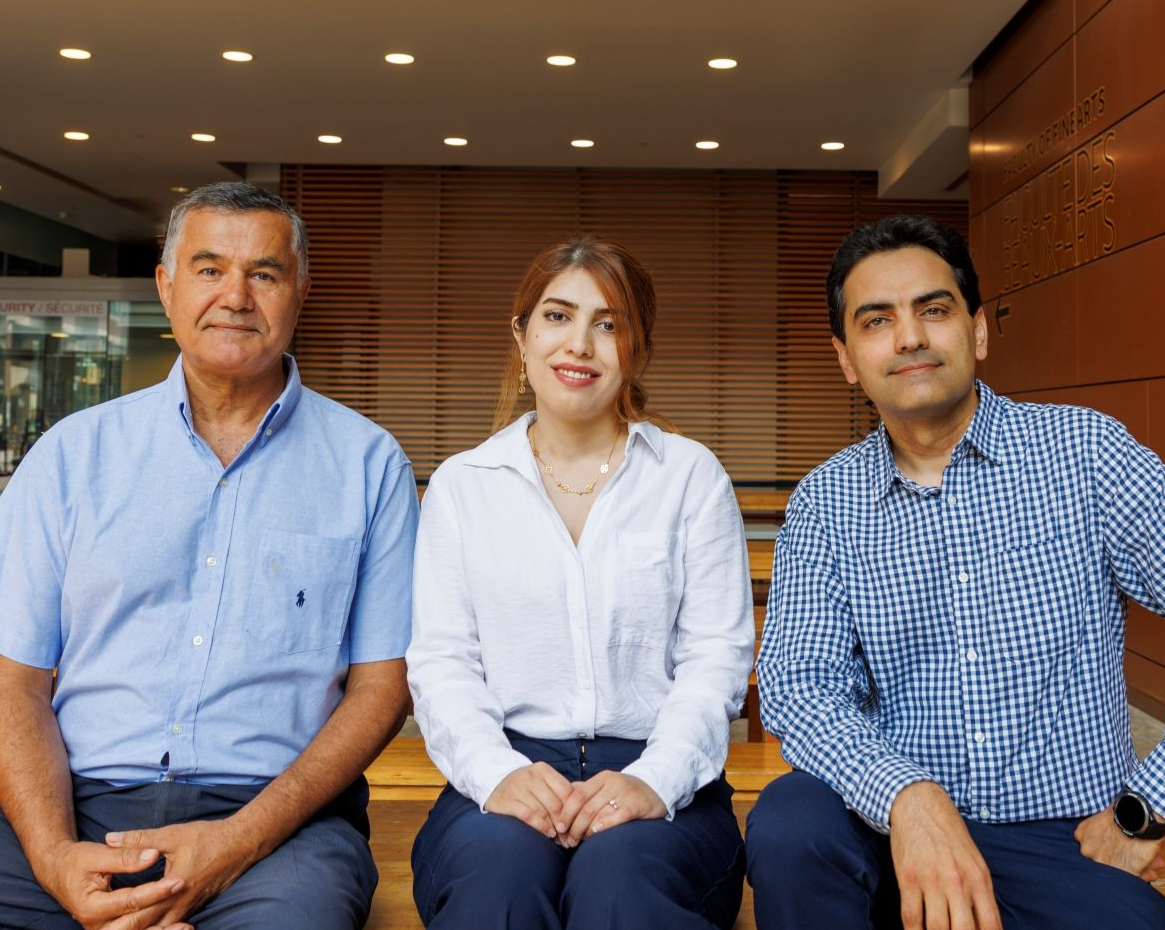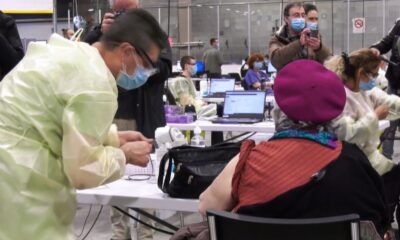Science
Concordia Researchers Unveil Innovative Method to Track Disease Spread

Researchers at Concordia University have developed a groundbreaking method for tracking how disease-causing particles, or pathogens, spread within indoor environments. This innovative tool could be instrumental in managing future outbreaks of contagious diseases, including COVID-19. The findings were published in the journal Building and Environment.
Utilizing real-time camera and sensor technology, the method monitors infected individuals and employs algorithm-driven models to evaluate air and pathogen dispersal. This dual approach not only assesses infection risk levels but also enhances ventilation systems to optimize airflow and minimize the risk of transmission.
Zeinab Deldoost, the study’s lead author and PhD candidate, highlighted the efficiency of their method. “Our novel method greatly reduces the simulation time found in other studies, giving us a better estimation of whether a location that has been exposed to pathogens still poses a risk,” she explained. Traditional models often capture airborne spread for less than a minute, while this new system can simulate pathogen dispersal over much longer periods.
Enhanced Tracking Capabilities
The research team, which includes co-author Fariborz Haghighat, a professor in the Department of Building, Civil and Environmental Engineering, emphasized the importance of monitoring individuals who are infected. “If we know a person is sick, then this system helps us monitor them and find out the dimensional dispersion of the pathogen around them,” Haghighat stated.
The system is designed to function optimally in dynamic environments, such as hospitals, where occupancy levels fluctuate. The model simplifies airflow calculations by treating a person as a massless moving emission source, which allows for consistent airflow measurements and studies pathogen dispersal from this moving source.
The researchers validated their approach by demonstrating that a person’s presence only temporarily disrupts airflow. After an individual vacates a room, the airflow stabilizes within approximately 40 seconds, with the disturbance extending only about one meter from their path. Consequently, the impact on pathogen dispersal over larger areas and extended durations is minimal.
The model’s efficiency is evident; it can simulate one second of pathogen dispersion in just 3.8 seconds on a standard laptop. This rapid processing power enables decision-makers to make near real-time assessments about infection risks in indoor spaces.
Future Implications for Public Health
Co-author Fuzhan Nasiri, also a professor in the same department, expressed optimism about the system’s potential for broader applications. “If we could use this simulation over an extended period under different scenarios, we could generate enough data to represent various movement and dispersion patterns,” he noted.
Such data could be invaluable for training artificial intelligence systems, allowing future users to bypass extensive simulations while still achieving accurate results.
This research received support from a Natural Sciences and Engineering Research Council of Canada Discovery Research Grant, underscoring its significance in advancing public health technology. As the world continues to navigate the complexities of disease transmission, tools like this offer a promising avenue for enhancing indoor safety.
For further details, refer to the article titled “Real-time analysis of pathogen dispersion patterns resulting from a moving infectious person.”
-

 World3 months ago
World3 months agoScientists Unearth Ancient Antarctic Ice to Unlock Climate Secrets
-

 Entertainment3 months ago
Entertainment3 months agoTrump and McCormick to Announce $70 Billion Energy Investments
-

 Science3 months ago
Science3 months agoFour Astronauts Return to Earth After International Space Station Mission
-

 Lifestyle3 months ago
Lifestyle3 months agoTransLink Launches Food Truck Program to Boost Revenue in Vancouver
-

 Technology2 months ago
Technology2 months agoApple Notes Enhances Functionality with Markdown Support in macOS 26
-

 Top Stories1 week ago
Top Stories1 week agoUrgent Update: Fatal Crash on Highway 99 Claims Life of Pitt Meadows Man
-

 Sports3 months ago
Sports3 months agoSearch Underway for Missing Hunter Amid Hokkaido Bear Emergency
-

 Politics2 months ago
Politics2 months agoUkrainian Tennis Star Elina Svitolina Faces Death Threats Online
-

 Technology3 months ago
Technology3 months agoFrosthaven Launches Early Access on July 31, 2025
-

 Politics3 months ago
Politics3 months agoCarney Engages First Nations Leaders at Development Law Summit
-

 Entertainment3 months ago
Entertainment3 months agoCalgary Theatre Troupe Revives Magic at Winnipeg Fringe Festival
-

 Politics1 week ago
Politics1 week agoShutdown Reflects Democratic Struggles Amid Economic Concerns




















